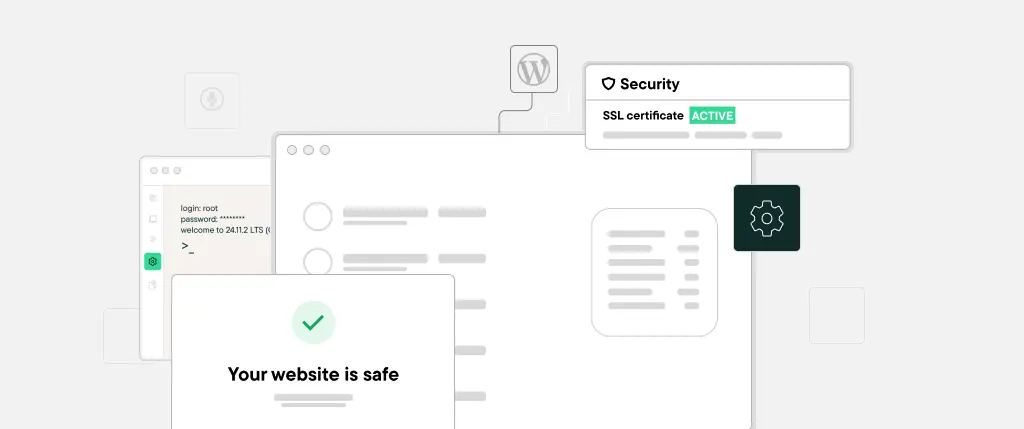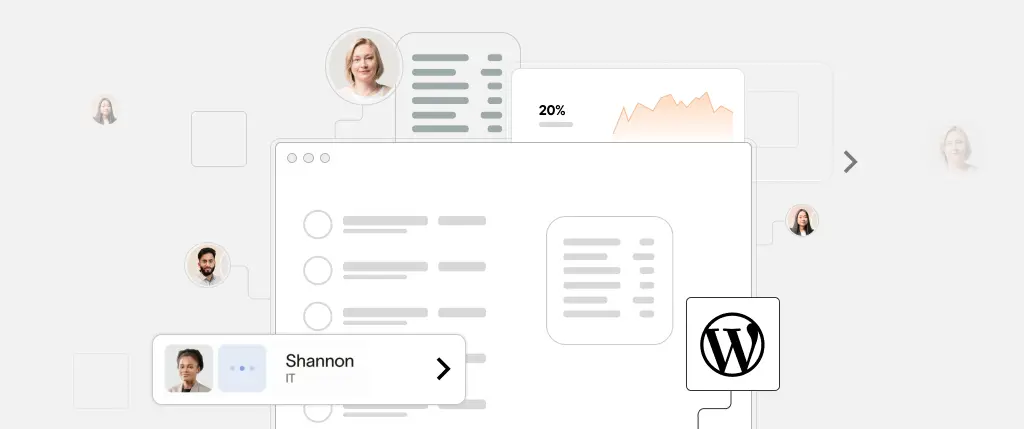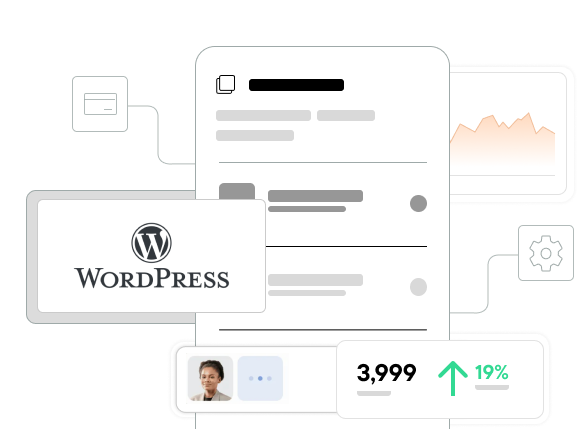WordPress ad campaign microsites have become essential in modern digital marketing, especially when personalization and speed matter. In today’s fast-paced advertising world, marketing teams often need to create custom microsites or landing pages tailored to different audiences, geographies, products, or ad variants – sometimes by the dozens or hundreds.
These microsites must perform flawlessly, adapt dynamically to user data, and be launched quickly. WordPress, with its flexibility, scalability, and extensibility, is an ideal platform for delivering these high-performance ad campaign microsites efficiently.
In this guide, you’ll learn how to use WordPress to power dynamic, scalable, and conversion-focused microsites for your advertising efforts – from personalization to tracking, automation, and performance optimization.
What Is an Ad Campaign Microsite?
A campaign microsite is a standalone landing page or set of pages created to support a marketing initiative. Common examples include:
- Product launch landing pages
- Regional promo sites
- Seasonal or demographic-targeted pages
These microsites are usually focused on a single conversion goal – such as form submissions, purchases, signups, or event RSVPs.
Why Use WordPress for Microsites?
WordPress offers significant advantages:
- Rapid Development with reusable templates
- Customizability for varied campaigns
- User-Friendly CMS for marketing teams
- Massive Plugin Ecosystem for CRMs, SEO, forms, analytics, and beyond
Static vs. Dynamic Microsites
- Static Microsites: Created manually; ideal for one-off, low-scale use cases
- Dynamic Microsites: Generated programmatically using templates and data; ideal for scaling campaigns with speed and consistency
1. Use Custom Post Types (CPTs) for Campaigns
Instead of building individual pages, register a Custom Post Type (campaign_landing) and dynamically generate content from it:
function register_campaign_cpt() {
register_post_type('campaign_landing', [
'public' => true,
'label' => 'Campaign Microsites',
'supports' => ['title', 'editor', 'custom-fields']
]);
}
add_action('init', 'register_campaign_cpt');Each campaign is now a post, enabling automation and templating at scale.
2. Implement Dynamic Routing with Pretty URLs
Create custom URL patterns like /campaign/summer-sale using rewrite rules:
function campaign_rewrite_rule() {
add_rewrite_rule('^campaign/([^/]*)/?', 'index.php?campaign_slug=$matches[1]', 'top');
add_rewrite_tag('%campaign_slug%', '([^&]+)');
}
add_action('init', 'campaign_rewrite_rule');Then fetch the corresponding content in your template file.
3. Pass UTM and Ad Parameters into WordPress
Use query strings (e.g., ?utm_source=google) to capture marketing data:
$utm_source = $_GET['utm_source'] ?? 'organic';
update_post_meta($post_id, 'utm_source', $utm_source);This allows tracking ad performance at the campaign level using analytics or CRMs.
4. Personalize Content Based on User Data
Dynamically modify content using query parameters, cookies, or IP geolocation:
if ($_GET['city'] === 'Austin') {
echo "<h2>Special Offers for Austin!</h2>";
}You can personalize:
- Headlines and CTAs
- Images and videos
- Forms and links
- Messaging based on device or time
5. WordPress Multisite vs. Single Site Strategy
- Use WordPress Multisite when:
- You need separate domains/subdomains per campaign
- Each campaign requires different plugins/themes
- Use Single Site + CPTs when:
- You want centralized content management
- Campaigns share a similar structure
6. Consider Headless WordPress for Speed
Pair WordPress with a front-end framework (Next.js, Gatsby, etc.) and REST or GraphQL API to get:
- Instant loading with static generation
- Custom frontend UX
- Modern JavaScript stack
- Easier A/B testing and tracking
Code Examples
Inject Campaign Data from the URL
$slug = get_query_var('campaign_slug');
$args = ['name' => $slug, 'post_type' => 'campaign_landing'];
$campaign = get_posts($args)[0];
$title = get_post_meta($campaign->ID, 'headline', true);
echo "<h1>$title</h1>";Fetch Content via REST API for Headless Frontends
fetch('https://yoursite.com/wp-json/wp/v2/campaign_landing?slug=holiday-offer')
.then(response => response.json())
.then(data => {
document.querySelector('#headline').innerText = data[0].meta.headline;
});Track UTM Parameters in Form Submissions
const utmParams = new URLSearchParams(window.location.search);
document.querySelector('form').addEventListener('submit', () => {
localStorage.setItem('utm_campaign', utmParams.get('utm_campaign'));
});Best Practices
✅ Reusable Templates
Build once, populate dynamically with campaign data.
✅ Leverage Caching + CDNs
Use full-page caching and a CDN like Cloudflare for global delivery.
✅ Campaign-Specific Analytics
Track performance using Google Tag Manager, Facebook Pixel, and custom events.
✅ ACF or Gutenberg Blocks
Empower non-developers to build content using structured fields.
✅ Automate with WP-CLI or APIs
Generate campaigns from a spreadsheet or external feed to save time.
Conclusion
WordPress ad campaign microsites empower marketers to launch highly personalized, high-converting landing pages at scale. With the right tools and strategy – like Custom Post Types, REST APIs, caching, and personalization – you can streamline campaign execution and improve ad performance dramatically.
Whether you’re managing five campaigns or five hundred, WordPress can help you move fast without breaking your funnel.
How Sitebox Makes This Even Easier
Sitebox is a turnkey platform that enhances WordPress for campaign microsite delivery:
- ⚙️ Bulk Launch: Deploy hundreds of microsites from a CSV or API
- 🎯 Personalization Engine: Dynamic text/image updates via ad data
- 🚀 High-Speed Delivery: Static-first rendering, edge caching, and CDN built-in
- 📈 Integrated UTM Tracking: Out-of-the-box analytics and dashboards
- 🔌 WordPress Compatible: Works with your existing WP ecosystem
Ready to deliver high-converting WordPress ad campaign microsites at scale?
Talk to Sitebox today or explore our solutions for performance marketing teams.




